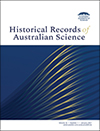
Historical Records of Australian Science
Volume 33 Number 2 2022
HR22011 Full Text | HR22011PDF (605 KB) Open Access Article
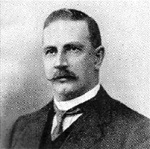
In 1911, J. A. Leach published the first field guide to Australia’s avifauna in response to demand for a means to identify birds in the wild without shooting them first. Partly a digest of popular science, partly a conservationist polemic, and partly a nationalist homily, the book heralded a change in the relationship between people and birds. Thanks to the Australian Bird Book (and subsequent guides), birdwatching became a popular Australian pastime. With Leach in hand, birdwatchers not only learned how to identify birds, but also how to care deeply about their long-term survival.
HR21010 Abstract | HR21010 Full Text | HR21010PDF (4.6 MB) Open Access Article
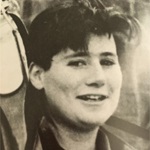
Originally presented on 25 November 2021 at the University of Melbourne as a keynote of the Australasian Association for the History, Philosophy and Social Studies of Science. The lecture explores the history of interdisciplinary knowledge and integrated science, by pairing the post-war stories of history and philosophy of science (HPS) (the traditional focus of the Dyason Lecture) with a history of soil conservation as an integrating environmental science, in Australia and globally, from the war years until the Anthropocene.
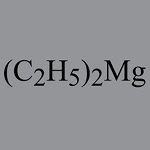
By the late 1880s the existence of alkyl derivatives of metals such as zinc and mercury was well established but diethyl magnesium had been poorly characterised. Professor David Orme Masson and his student, Norman Wilsmore, at the University Melbourne failed in their attempts to synthesise it and concluded that it could not exist. They rationalised this on the basis of the atomic volume curve of Lothar Meyer, an unusual heuristic. The weakness of this argument was revealed when, near-coincidentally with Masson’s and Wilsmore’s publication of the results of their experiments, Philippe Löhr, working in Meyer’s laboratory, published successful syntheses of several alkyl magnesium derivatives by methods that had been unsuccessful in Wilsmore’s hands.
HR22001 Abstract | HR22001 Full Text | HR22001PDF (2.3 MB) Open Access Article
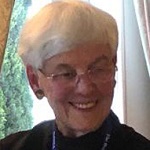
Ordinary activities often require extraordinary effort when carried out in the extreme conditions of the Antarctic. One such activity is the weighing of equipment and food, which can be done satisfactorily on spring balances. Shackleton and Mawson also took an analytical grade beam balance on two separate expeditions in the early twentieth century, which raises the fascinating question of, ‘What was the intended use?’ Attempts to answer this intriguing question have revealed links, often unexpected, to other Antarctic activities.
HR22005‘The border problems of science and philosophy’: Ilse Rosenthal-Schneider and post-World War 2 science in Australian academia and society

Ilse Rosenthal-Schneider (1891–1990), a refugee immigrant to Australia in 1938, was a student of Nobel Prize-winning physicists, Einstein, Planck, and von Laue. She combined a background in physics with a philosophical focus. Her intellectual life was spent in the borderlands between science and philosophy, but also science and society, as she engaged in public outreach with considerable success in the regional towns of NSW. Credit: Wayne State University Press (out of copyright).
HR22005 Abstract | HR22005 Full Text | HR22005PDF (1.2 MB) Open Access Article
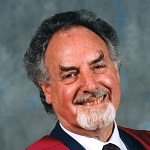
Geoffrey Burnstock was a biomedical scientist who gained renown for his discovery that adenosine 5′-triphosphate (ATP) functions as an extracellular signalling molecule. He amassed evidence that ATP was this non-adrenergic, non-cholinergic (NANC) transmitter, using biochemical, histological and electrophysiological approaches: heretically, he styled this ‘purinergic transmission’. He may have smiled when his early discoveries were met with cynicism, even ridicule (‘pure-imagine’ transmission noted one amusing critic), but this just reinforced his resolve and encouraged his encyclopaedic oeuvre.
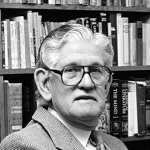
Ross Henry Day was an experimental psychologist well known for his research on visual illusions and for his critical role in the establishment of experimental psychology in Australia. He created Australia’s first department of experimental psychology at Monash University in 1965, played a leading role in the formation of the Australian Psychological Society in 1966, and took a leading role in the study of human factors in engineering and ergonomics.
HR22002 Abstract | HR22002 Full Text | HR22002PDF (1.5 MB) | HR22002Supplementary Material (586 KB) Open Access Article
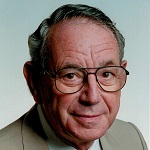
Hans Charles Freeman was a pioneer in crystallography in Australia, establishing his own lab, undertaking many of the first structural determinations of metal complexes and leading the team that determined the first metallo-protein structure in Australia. He also pioneered the use of X-ray spectroscopic techniques, strongly supporting others to make use of these techniques, activities that culminated in the building of Australian synchrotron facilities in Tsukuba and Clayton.
HR21011 Abstract | HR21011 Full Text | HR21011PDF (1.6 MB) | HR21011Supplementary Material (271 KB) Open Access Article




